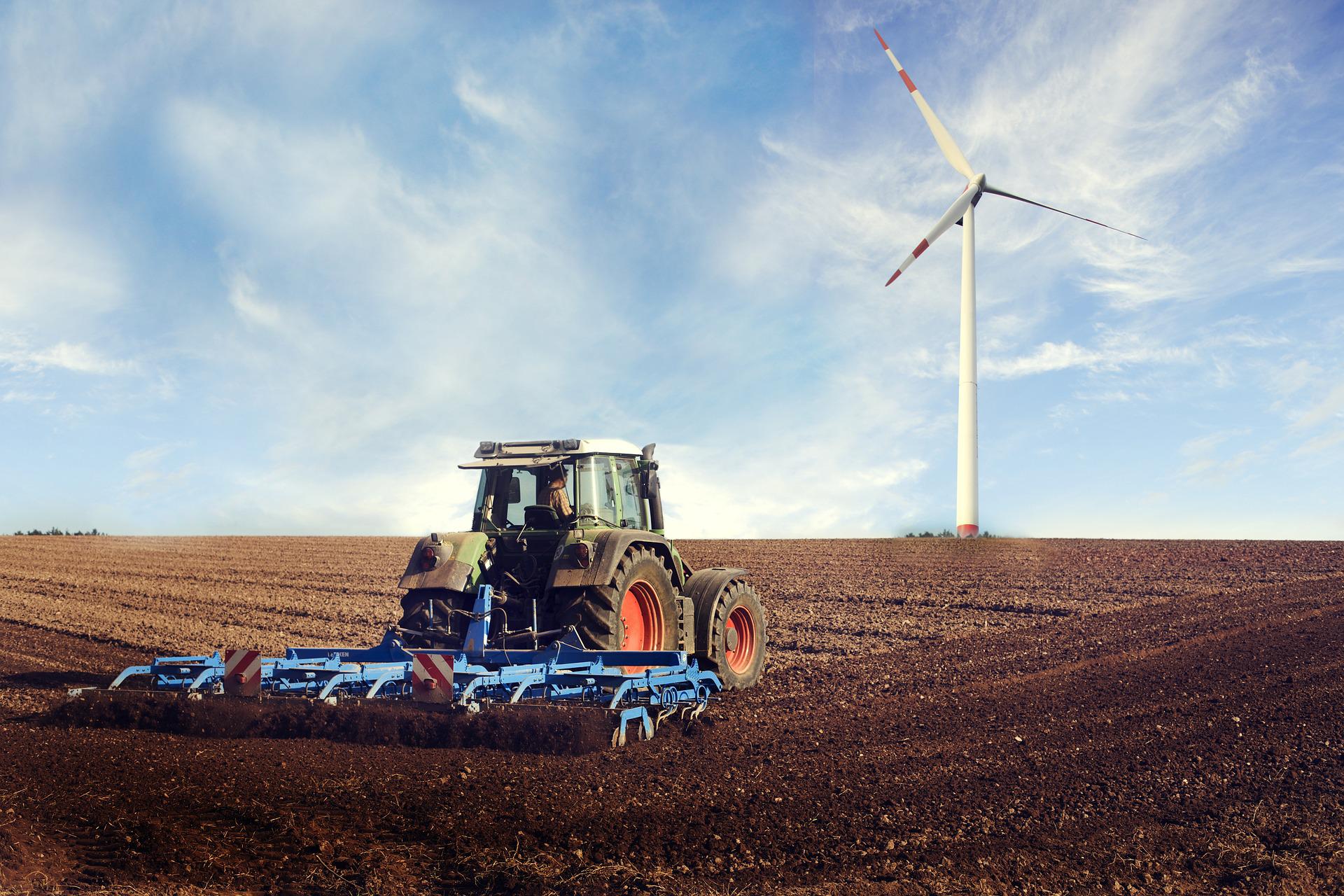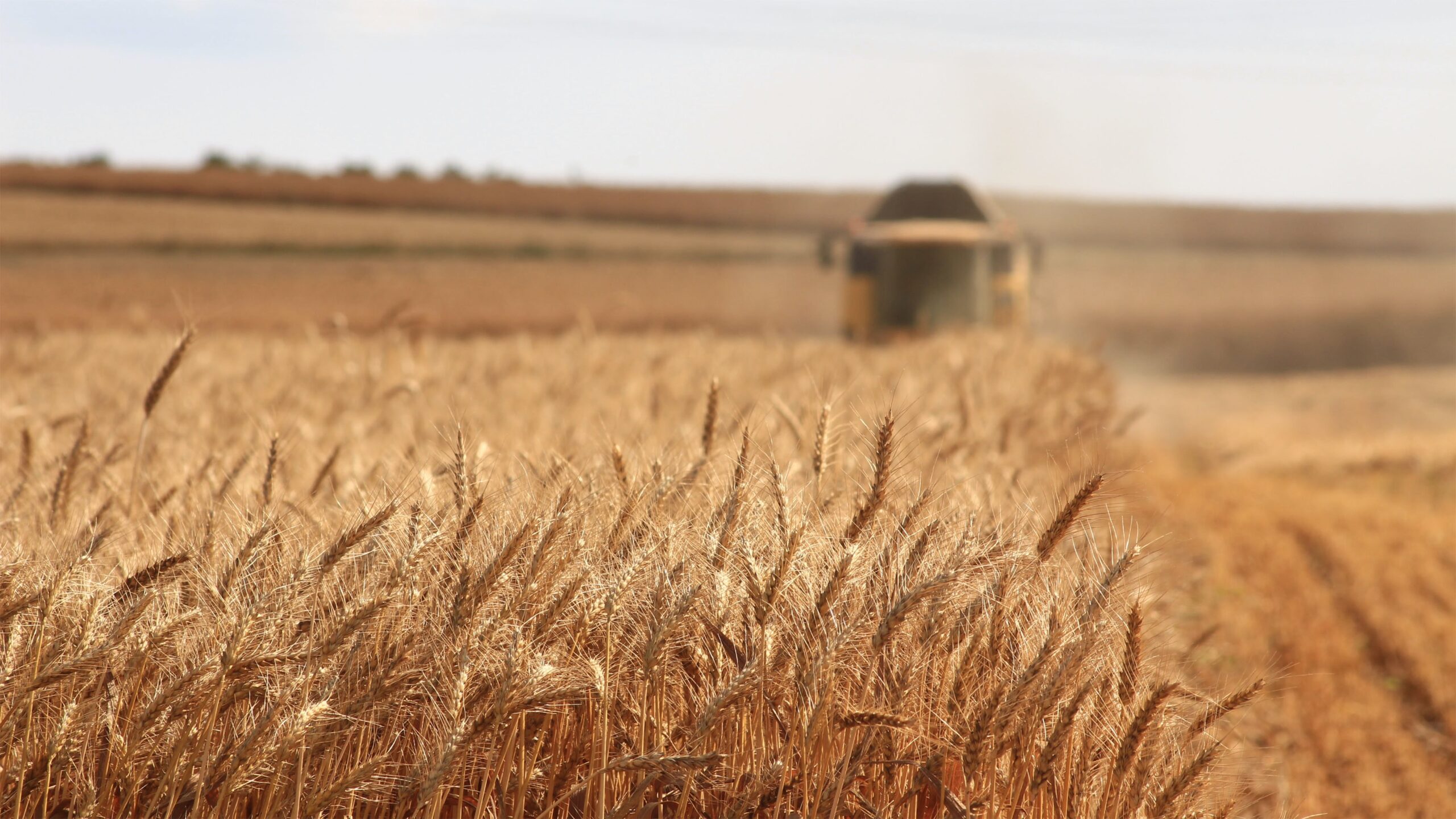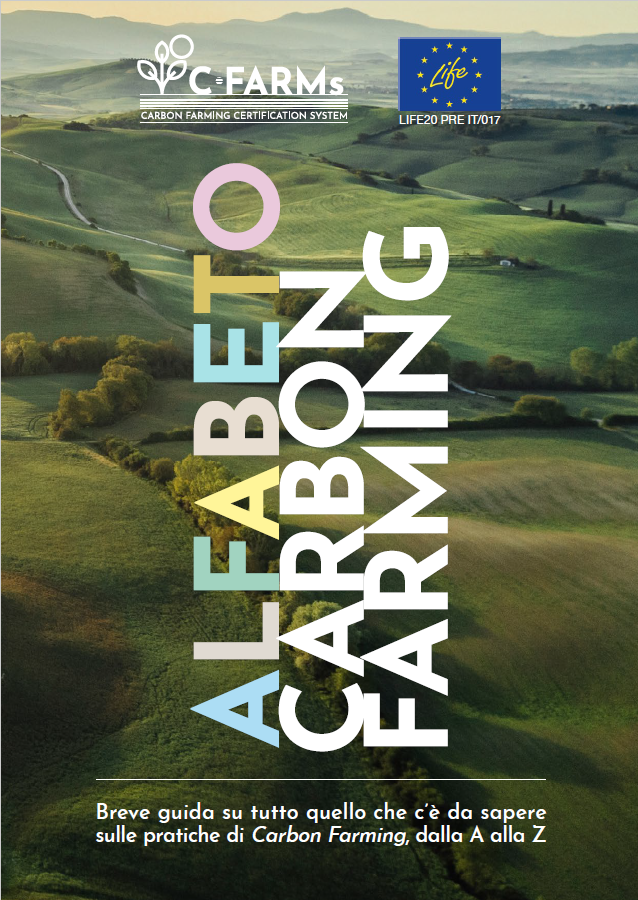The main objective of action coordinated by CMCC (Centro Euro-Mediterraneo sui Cambiamenti Climatic fondation) in LIFE C-FARMs project context is to identify the potential for carbon sequestration by implemented or potentially implementable carbon-farming practices in Lombardy region agricultural and pedo-climatic context.
“Through a systematic review of the scientific literature regarding experimental studies conducted in Europe – explain Lucia Perugini of CMCC – we have built a database on carbon-farming practices and their potential to mitigate climate change. Within the database, a selection of studies was then carried out for the types of soil and climatic classes characterizing the Lombardy Region, both for annual and perennial crops. The objective was largely achieved for the practices that could potentially be implemented in Europe and only partially for those tested taking into account the correspondence with the climates and types of soil in Lombardy”.
“The objective of obtaining from the scientific literature a sufficiently representative data – continues Lucia Perugini – has encountered some limitations and critical issues. The main limitation lies in the scarce representativeness of the revised experimental studies, with the pedo-climatic conditions that distinguish the Region in question. A further barrier emerges in the methodological choice of using the classification system of the European climatic bands which identify, for the Lombardy Region, only 3 climatic bands (Northern Mediterranean, Alpine Mediterranean and Southern Alpine), not observed in other continents and poorly represented for the remaining European nations. This resulted in a selection of experimental studies limited to some Italian, Spanish, French and Portuguese regions, sometimes leading to uncertain estimates of carbon sequestration potentials obtained from populations of insignificant data.
Furthermore, the heterogeneity of the duration of the studies identified, of the soil profile investigated, of the sampling methodology, quantitative determination of the organic carbon concentration, of the methodology implemented for the calculation of the sequestration or carbon retention rate of sustainable practices make complex comparisons and aggregation of data between the various studies”.
The results achieved will be used to simulate carbon sequestration scenarios through the implementation of best practices for Lombard agriculture, compared to current management.
The box-plot in graph 1 shows the farm-scale farming practices that lead to an annual increase in the carbon stock.
Graph 1. Median values of ΔSOCABS (net carbon sequestration rate expressed in tons of organic carbon / hectare / year) for annual crops associated with single agronomic practices, combinations of practices and agronomic management.
OA: Organic soil improver (compost, manure)
CONS: conservation agriculture (reduced soil disturbance, cover crops with biomass left on the surface, maintenance of crop residues, crop rotations.
RSD+CC (Mu)+R+CF+IR: reduced soil disturbance, cover crops with biomass left on the surface, maintenance of crop residues, application of chemical fertilizer and crop rotations);
ORG: Biological agriculture;
GM/Mu +OA: green manure or mulch cover crops and application of organic soil conditioner.



